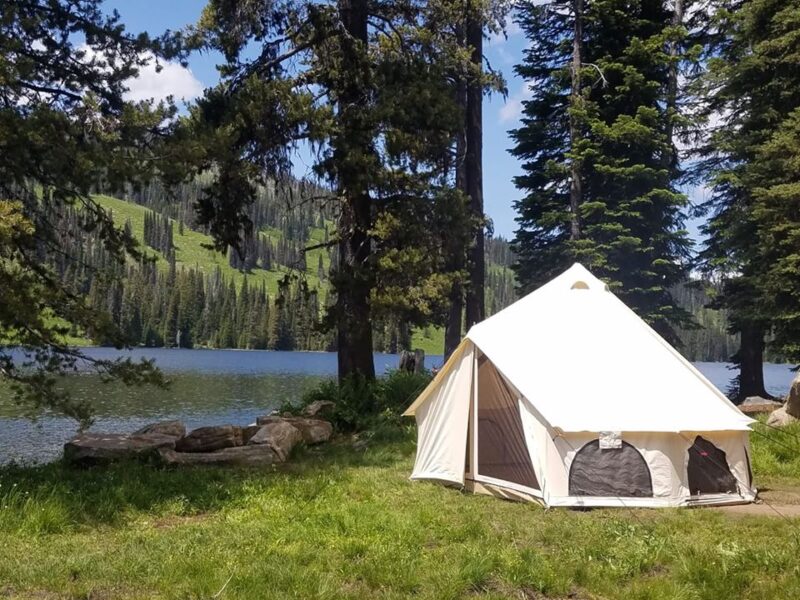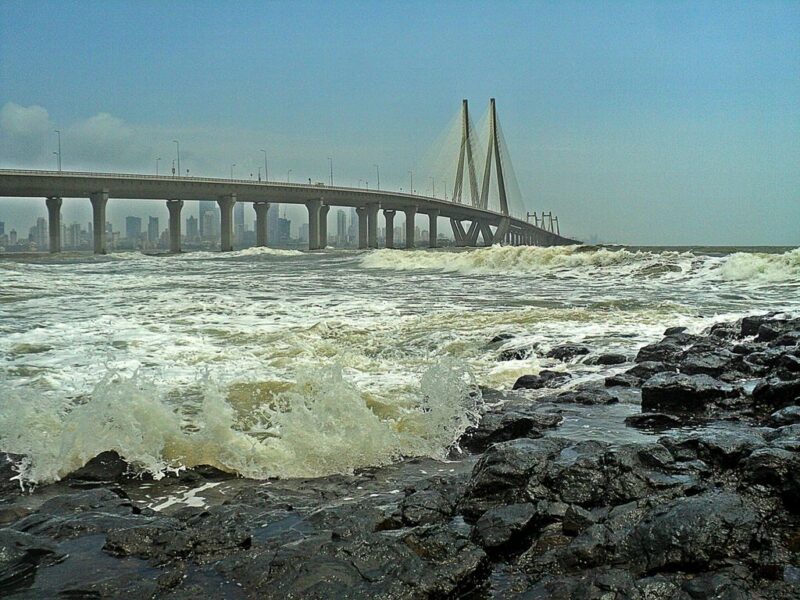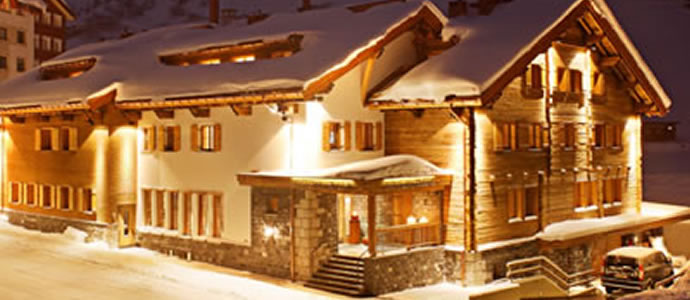India is on the wish list of many people. A trip to an exotic and colorful destination, still seen as distant and mysterious. From the Zen spirituality of its millions of gods to the romanticism of the Taj Mahal; sacred cows and spicy foods. If you have always dreamed of visiting India, the time is now. Demystify this amazing country and get ready for the best trip of your life!
List of Places to visit in India during your vacation –
New Delhi
A vibrant, colorful metropolis that can be as chaotic as it is organized, depending on where you stay. Hotels in the Paharganj neighborhood attract cheap backpackers amidst crowded streets, street stalls sharing space with cows and rickshaws, as well as train and subway stations close by. In the vicinity of Karol Bagh and Chandni Chowk there are equally cheap and less tumultuous options. Anyone who prefers better-standard options in the organized areas of the city can opt for Connaught Place, close to public transport, or in regions south of the city such as Kailash, residential and well-developed.
Delhi is full of attractions, the most famous of these is the Portal of India (India Gate), and monument built in honor of Indian soldiers killed in the First World War the city also reveals its faith through shrines such as the Lotus Temple, a grandiose lotus-shaped building surrounded by a park that ensures good photos. The place is sacred to the adherents of the Bahá’í faith, but is open to all visitors for free.
The same for the Gurudwara Bangla Sahib temple, in the form of a palace and a point of worship for the Sikh, who believe that the waters of the surrounding lake have healing properties. In addition, the Indian capital is proud of the beautiful Garden Lodhi (Lodhi Garden), a park with impeccable landscaping and attracts visitors during all days of the year.
Agra
Home to India’s most famous monument, Agra is a must-see destination in any roadmap across the country. Do not commit the crime of not visiting the Taj Mahal: one of the seven wonders of the modern world that, regardless of fame or stocking, is worth a visit.
Agra and Delhi are about 230 km away, a return tour with private car is quite possible. But if you have time, we recommend spending at least one night in Agra and catching the Taj Mahal at sunrise. Due to the short distance between the two cities, the train ride is quite popular. At the moment there are no direct flights between Agra and Delhi.
The Taj Mahal “opens 30 minutes before sunrise and closes 30 minutes before sunset”, and does not work on Fridays. The ideal is to get up early in the queue to catch the Taj Mahal opening and secure photos without crowds. During the months of November through February, fog can disrupt the visibility in the morning – in this case, it is best to visit the attraction in the afternoon.
Outside the Taj Mahal, the city of Agra is not exactly beautiful and has few attractions, standing out the Agra Fort in the surroundings. There is great availability of accommodation a short walk from the entrance to the Taj Mahal, for all budgets. Secure a hotel with a terrace and have the opportunity to contemplate the monument in the distance.
Jaipur
City of Jaipur, located in the iconic state of Rajasthan, with desert landscape and strong traditions. Jaipur was the first planned city of India and is known as “The Pink City” due to the characteristic color of its constructions. The symbol of the city is the Hawa Mahal , a building of peculiar architecture designed so that the king’s concubines could look at the city without anyone seeing them.
World Heritage by UNESCO, Jantar Mantar is an observatory built in remote times with tools capable of measuring time, predicting eclipses, recording the orbit of stars and other astronomical activities. The Amber Fort draws attention to the opulence and was once a royal palace, as well as other forts scattered in the city, especially the Jaigarh and Nahargarh , stages of a beautiful sunset every afternoon. Further examples of traditional Indian architecture such as the City Palace and the palace under the waters of Jal Mahal can be enjoyed in the city which is easily accessible by train or plane. The main attractions are included in a composite ticket priced at 1,000 rupees.
Varanasi
Considered a sacred place for the Hindus, Varanasi has great historical importance and is one of the oldest continually inhabited cities in the world. Many believers believe that dying in Varanasi is the way to salvation and the cremation of bodies on the banks of the Ganges has become a routine ritual.
Varanasi is not for the weak. Visiting Varanasi is a unique and sensory experience. Labyrinth-shaped lanes, exacerbated spirituality, cows parading around the corner and the always crowded Ganga – as the locals call the Ganges – will make you love or hate the city.
The city is not full of things to do. The daily spectacle of life and death is the main attraction. Book a boat trip (private for 100 rupees / 1h or shared for 20 rupees) and contemplate the devotion of the people who come from afar to plunge into the sacred and unpolluted waters of the Ganges River, polluted to dangerously high levels. Despite this, many Indians vie early in the best places of the river to bathe, drink and express their beliefs. Life seems to run free along the river, with people washing clothes, cutting hair and even brushing their teeth in a space divided with sewage and decaying bodies. It is highly recommended that tourists do not even touch the river.
There are 84 ghats in the vicinity – that is, stairways leading to the river, built by the ancient Hindu kings who wanted to have their home after the river. Some, such as Dasaswamedh Ghat and Ghat Assi, have infrastructure with hotels and restaurants close by. Others, such as the Manikarnika Ghat, are used only for rituals involving cremation of bodies, not always done with discretion. A visit is allowed, but photos are not recommended because of respect.
Rishikesh
But what about “India Zen”, where to find? If you search for contact with nature, healthy eating, yoga courses and meditation, Rishikesh is the right place! The small town 230 km from Delhi is a great refuge from the chaos of the big city, with well-preserved nature and near the source of the river Ganges, where it is still clean and even it is possible to dive without problems. The city became famous for receiving the Beatles in the 1960s, and to this day it is a reference in alternative communities and spiritual retreats (ashrams) for those seeking isolation from the outside world.
Apart from offering beautiful scenery, meat consumption is forbidden and all local restaurants are vegetarian. At night, fire rituals and religious performances are held across the river. Rishikesh is easily accessible by train or plane from the city of Dehradun.
Mumbai
Also known as Bombay, the financial capital of India is a cosmopolitan city with busy and hot nightlife all year round. Home to the Bollywood movies, most of Mumbai’s attractions are located in the southern area of the city: colonial buildings, museums, art galleries, shopping and even beaches – although the quality is not very good. The Gateway of India is the main attraction of the city, overlooking the sea and rivaling the memorial of Delhi. Stroll along Marine Drive and admire Art Deco buildings. Mumbai only loses to Miami in number of constructions of this type.
Goa/Kochi/Kerala
Those who choose to explore South India will have the chance to experience a completely different region from the rest of the country! Beginning with Goa, a state of Portuguese colonization, which keeps inheritance of our discoverers in architecture, cuisine and even language – Portuguese is spoken by the population. Goa is also famous for its nightlife, with beach parties attracting tourists from all over the world. The city of Kochi, in the state of Kerala, is also an excellent entry point for the region, with well-preserved nature and a beautiful coastline.
India offers many other destinations that are definitely worth it if you have the time to explore them. The region of Rajasthan reserves beautiful deserts and a total immersion in Indian culture. Khajuraho already has a temple dedicated entirely to the Kama Sutra. Calcutta, in the Bengali region, is much more than the city where Mother Teresa dedicated her life, but also home to the famous Bengal tiger, which inhabits the Sundarbans, the largest mangrove forest in the world.
Best time to visit India
The best months to visit India are from October to March, when the weather is drier and with moderate temperatures. During the winter, from November to February, the minimums in Delhi reach 8 ° C, while in the summer months, from May to June, the maximum temperatures increase from 40 ° C.
July to August is the monsoon season and heavy rains can disrupt your trip. Mumbai and the southern regions of the country do not suffer from the winter and have stable temperatures throughout the year, with minimum temperatures of 16 ° C and maximum temperatures of 33 ° C.





